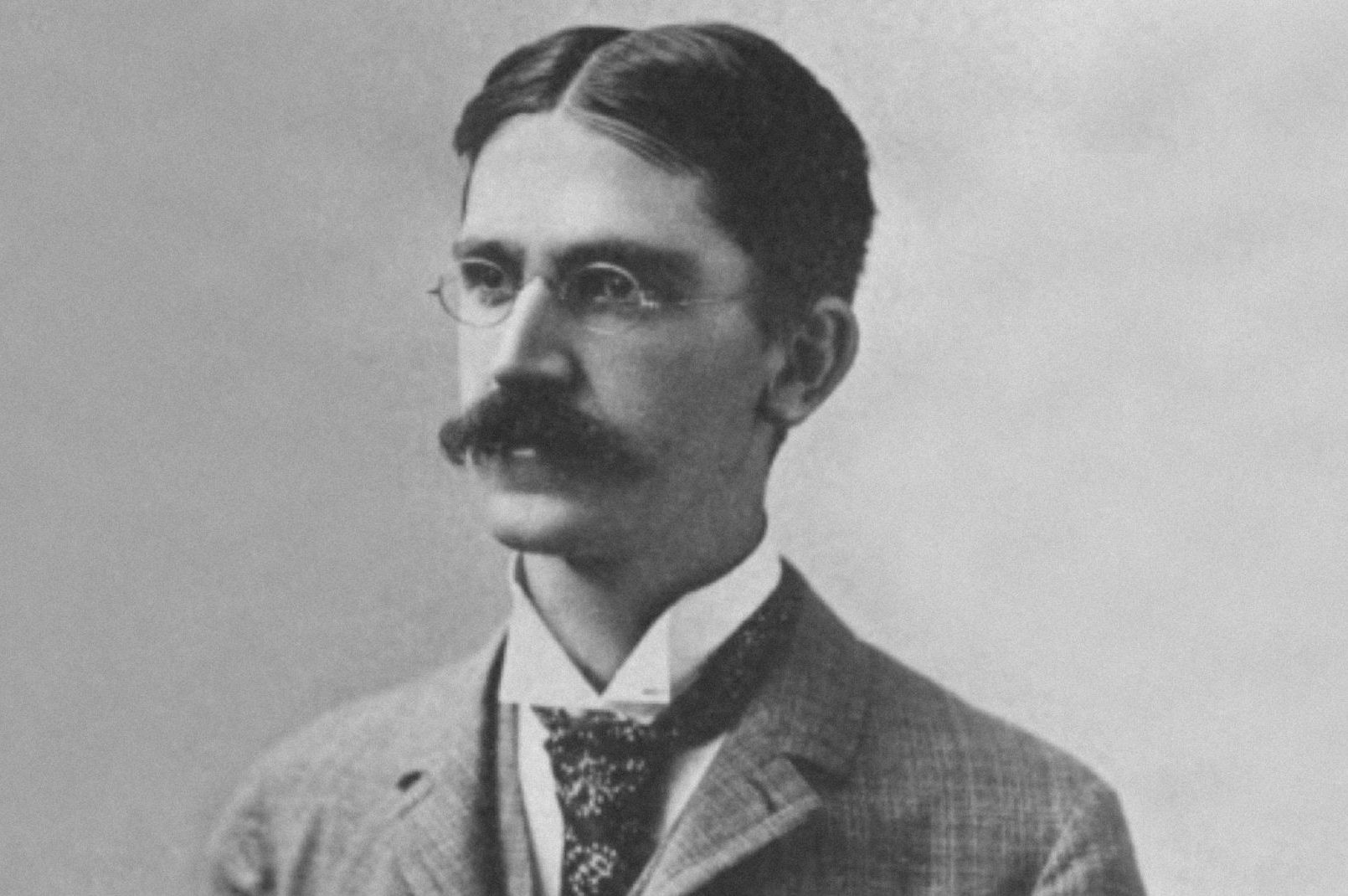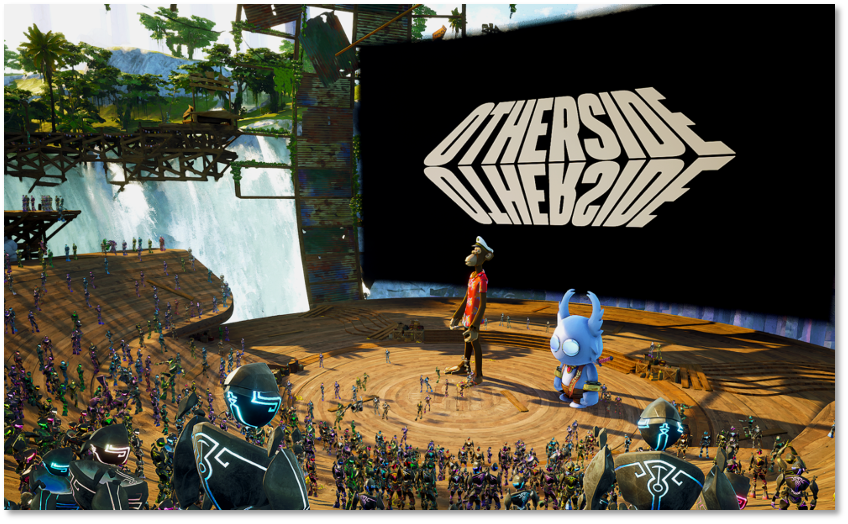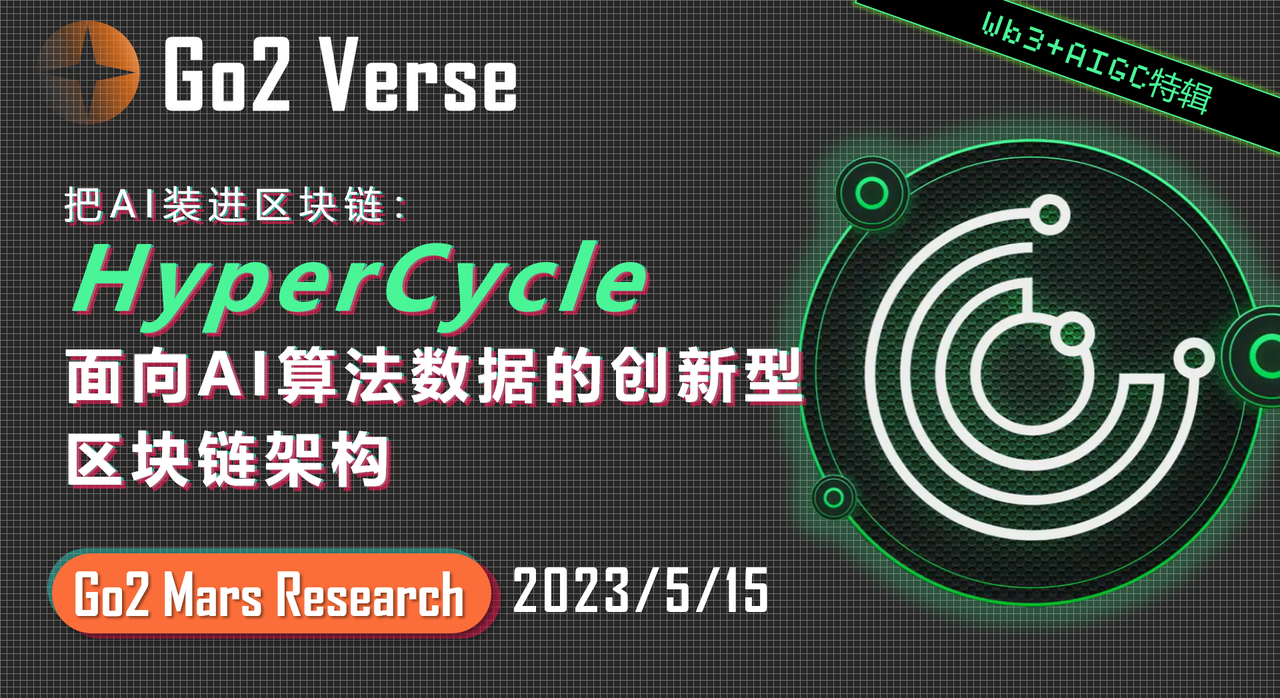Industry Interpretation | About Decentralization and Practicality
Author: Steven Pu
 Figure: Cluster behavior of sardines: scattered individual activities are like centralized coordination
Figure: Cluster behavior of sardines: scattered individual activities are like centralized coordination
What is centralization?
Decentralization is the main goal of blockchain technology, but what is “decentralization”? With the evolution of this underlying technology and its application layout, the word "decentralization" is getting more and more popular, but at the same time it loses its meaning because of frequent mention and abuse, and gradually derives different meanings. One way to better understand the word is to interpret it from the opposite side of it, "centralization", and take the centralization product that everyone is most familiar with – "bank" as the main example.
The demand for banks may stem from the need to record transactions between different entities so that these entities can agree on transactions and balances. In this case, the bank is a third-party witness to the transaction. If A pays B, but only if the two parties know that there is such a deal, then either party can deny it. In order to prevent such things from happening, people have invented a neutral, third-party witness form so that both A and B can be sure that no one can refute the transaction. This is a form of centralized accounting.
- Read the latest project Kadena on the line CoinList
- How to explain to parents what is the blockchain?
- Slow fog cosine: asset loss caused by blockchain security vulnerabilities will be further expanded in the future
But if you want to withdraw cash from the bank, the bank will ask you to prove that it is the owner of the account. Now the verification of ownership usually depends on the following ways: now own, know relevant information and present proof of identity. Take the T-shirt you wear as an example. Wearing it now is enough to prove that you own this dress. And if you bury gold somewhere, knowing where you are buried means you have ownership. When you withdraw cash at the bank, the bank will ask you for a password (this is the information you know) or show the government-issued ID. In addition to seeing if you own something, the centralized entity usually verifies ownership through the information and identity documents you provide. For example, the payment processor will confirm your password, the government agency will confirm your driver's license and so on. This is a form of centralization verification.
However, not everyone can have a bank account. For example, if you have been convicted of a felony because of money laundering, you can't open an account in most banks. If you are underage and under the age of 18, you cannot open an account yourself. It is up to the bank operator to decide whether or not to participate in an ecosystem such as a bank. This is a form of centralized membership.
Only some forms are listed here, but we can still conclude that the centralized ecosystem is determined by a central entity who can participate (membership), who has the authority to do (verification), and how to record and record which transaction history ( Accounting). It may be better to cut into the decentralized system from these perspectives.
What is decentralization?
If the centralized system is for an entity to determine billing, verification, and membership, is decentralization the exact opposite? Ideally, this is the case. The ideal decentralized blockchain network should have the following characteristics:
- Distributed records: All transactions and transaction results are stored on each node of the blockchain network, each person has the same record, and this record is calculated by each node independent of (trust) any other node.
- Decentralized verification: In addition to the individual nodes being verified and recorded separately to the network, the blockchain consensus algorithm also provides a mechanism for the nodes to agree on the results of their respective verifications, but this "consistency" is not guaranteed.
- Membership without a license: Any entity that has access to open source code and hardware can connect to the Internet. No one in this network will play the role of a gatekeeper to decide if you are eligible to participate. Its membership system is completely open.
It’s so clear at a glance, why are there so many doubts about “decentralization”? Just as everyone tried to implement this ideal decentralized blockchain technology in the real world, the problem began to emerge.
The barriers to ideal decentralization
- Increased risk: Decentralization means increased personal responsibility. For example, in a complete decentralized network, if you lose your private key (which may be a text, a USB flash drive, or an M-of-N distributed multi-signal private key, etc.), it is equivalent to losing your identity. The certificate, lost money, everything was lost. The problem of no such complaints is too risky for end users. They often have the need to “retrieve passwords”, but this demand means that a centralized entity needs to be involved.
- Reduced performance: Performance is critical to the application, so applications often require a centralized system to take on some of the tasks. For example, CryptoKitties has algorithms for feeding cats and transactions on the blockchain, but to ensure a smooth user experience, the application stack for the end user runs entirely on the central server.
- Updates are blocked: A complete decentralized network takes time to reach consensus in the face of major decisions, such as protocol updates, especially those that will change the network economy. Many emerging projects will choose a centralized decision-making approach early on to ensure that new features and bug fixes can be quickly merged into the network without going through long-term, protracted, chattering neutralization decisions.
- Cooperative Monopoly: In a network such as Bitcoin or Ethereum, miners collaborate in the mining pool to collect and reward. This mechanism ensures that those miners with lower performance can also participate in network contributions and profit, while also providing a more predictable revenue stream for all miners in the pool. Under this kind of collaboration, there will be a large mining pool like an oligopoly, which does not seem so decentralized.
Practical idealism  John Dewey, an important figure in the philosophy of pragmatism These real problems forced us to begin to reflect on our original intention: do we just want to "decentralize" all the links? Still want to solve the actual problem? Obviously, the practical system is by no means completely centralized or decentralized, and the advantages of the two will be more effective.
John Dewey, an important figure in the philosophy of pragmatism These real problems forced us to begin to reflect on our original intention: do we just want to "decentralize" all the links? Still want to solve the actual problem? Obviously, the practical system is by no means completely centralized or decentralized, and the advantages of the two will be more effective.
We will continue to update Blocking; if you have any questions or suggestions, please contact us!
Was this article helpful?
93 out of 132 found this helpful
Related articles
- 106 daily limit! Read this research report and select the "blockchain +" listed company Baima shares
- Japanese media: China's blockchain is like a broken bamboo, Japan can see the fire across the bank
- Chain circle 72 hours | Application side to find technology platform overnight, technology platform to increase promotion
- DCEP is good, Libra to testify
- A share observation | inventory blockchain concept stocks, the chairman was arrested can not stop the stock price rise
- Comment: Blockchain and Red Flag Act
- Count the history of China's policy on the blockchain in these years






